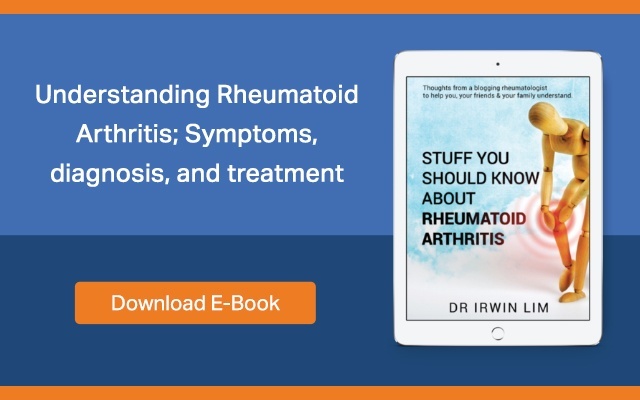The TNF-inhibitor Biosimilar era is upon us. What is a biosimilar?

We’ve been lucky in Australia to have had access to biologic medication with a range of TNF-inhibitor medications since 2004 through a scheme where our government heavily subsidises the costs.
These medications are used to help those with inflammatory arthritis, such as rheumatoid arthritis, psoriatic arthritis and ankylosing spondylitis; skin disease (psoriasis);and/or inflammatory bowel disease.
You’ll only qualify to access these medications if other conventional (“older”) treatments have not adequately controlled the disease, and the major reason for this delay in access is the very high cost of these drugs. I’m not privy to the actual costs to the government but let’s say it’s in the order of $20,000 (Australian) each year per person.
Yup. Really expensive.
Enter the biosimilars.
As patents for medications expire, we typically have generic compounds become available. These are copies of the original drug made generally by other companies and brought to market at lower prices (in general). In general, the payer (eg government) saves money, and in theory, savings should pass on to end users and to tax payers.
Think of anti-cholesterol drugs or blood pressure medications. There are numerous generics as these drug molecules are relatively easy to copy and manufacture.
With TNF-inhibitor medications, it’s not at all easy to create an identical copy. The molecules are very large and very complex. In addition, they are synthesised in a biological system i.e. reproduced within a cell, and this is a delicate and complicated procedure which can have variability at many different steps.
So, other companies have to reverse engineer a version of the original drug.
They have not been able to create an identical compound to date.
Instead, what is produced is a drug which is “biosimilar” to the original medication.
These medications then go through a series of tests and trials, to prove their safety and their “similarity” to the original medication in some of the clinical settings that the TNF-inhibitor medications are used in.
The results of these tests, for the biosimilar medications coming to market, have been good, good enough to convince authorities that they should be approved for use in a host of conditions that the original medications is being used in. There has been a degree of extrapolation.
Now, the big hope is that this will lead to cost savings.
It’s also fair to say that there is a degree of misunderstanding and worry among patients using the original medications and among rheumatologists (and other prescribing doctors) facing a lot of new, “similar” but not identical drugs, over the next few years.
I’ll explore this in future posts.


